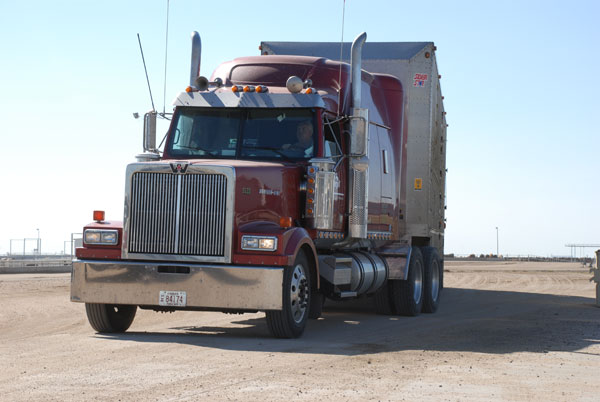Demand for grass cattle and concerns about waiting too long to acquire them helped calves and feeder cattle bring steady money to $5 higher, according to the Agricultural Marketing Service.
February 13, 2015

Cash calf and feeder markets continued to build on the previous week’s gains with calves and feeders bringing steady money to $5 higher, according to the Agricultural Marketing Service (AMS).
“The Southeast complex traded more in the range of $4-$8 higher as backgrounders are looking to acquire their grass cattle now,” AMS analysts say. “Rather than wait and possibly miss out on the readily available supplies, order buyers actively sought out numbers for fear of not having enough of those lightweights later on as auction receipts were 30,000 head higher than a week ago.”
“Producers are likely beginning the process of purchasing cattle to place on spring grass. Many of these purchases are being made so producers can acquire inventory at a little lower price than what may be seen in a month or so, and to ensure enough cattle are available to stock pastures,” says Andrew P. Griffith, University of Tennessee agricultural economist, in his weekly market comments. “The largest price gains have been seen on lightweight calves that will be efficient in converting grass to pounds. Many of these calves have gained $6-$7/cwt. in the past two weeks and the expectation is for the price of grass cattle to continue to surge into middle or late March. This is largely viewed as a positive price movement for cow-calf producers as prices slipped $20-$27/cwt. from the first week of December to the last week of January.”
AMS analysts also note that demand for replacement heifers continues to be strong.
Subscribe now to Cow-Calf Weekly to get the latest industry research and information in your inbox every Friday!
Feeder Cattle futures were an average of $4.25 higher week-to-week in the front two contracts, and then an average of $2.05 higher, except for 42¢ higher at the very back.
Cash fed cattle trade was a different matter, primarily non-existent in all regions through mid-afternoon on Friday. The previous week, trade was $1-$3 higher at $160-$162/cwt. on a live basis and $255 in the beef.
“The market still has several weeks before retailers begin purchasing inventory for the summer grilling season, which generally results in higher cutout prices and higher fed cattle prices,” Griffith says. “Feeders appear to maintain leverage the next few months, which will have packers in the hot seat… Packers are closely managing slaughter rates in fear of further downside price pressure in beef cutout values as fed cattle prices remain strong. Packers reduced federally inspected cattle and calf slaughter last week by 4.4% compared to the previous week and 6.4% compared to two weeks ago.”

BEEF Seedstock 100
Looking for a new seedstock provider? Use our BEEF Seedstock 100 listing to find the largest bull sellers in the U.S. Browse the Seedstock 100 list here.
Though boxed beef cutout values were little changed week-to-week, it’s worth noting that byproduct drop value ended the week at $14.36/cwt.; that’s the lowest in about a year.
Live Cattle futures were $2.63 higher week-to-week in the front three contracts ($1.77 to $3.92 higher) and then an average of 64¢ higher except for 50¢ lower and unchanged at the back.
Heading into the new week, it will be interesting to see if there is any market reaction to the new BSE discovery in Canada. Bovine Spongiform Encephalopathy (BSE) was confirmed in a beef cow in Alberta, according to the Canadian Food Inspection Agency (CFIA) late Thursday. CFIA officials say no part of the animal’s carcass entered the human or food animal system.
It’s the 19th case of BSE confirmed in Canada, with the last one being confirmed Feb. 18, 2011. CFIA is working to determine the age and history of the animal, as well as the mode of infection. Canada is recognized by the World Organization for Animal Health (OIE) as a controlled-BSE risk country.
You might also like:
100 biggest seedstock producers in the U.S.
4 shots at explaining an unexplainable cattle market
Save some time! Bale grazing lets cows feed themselves
About the Author(s)
You May Also Like





